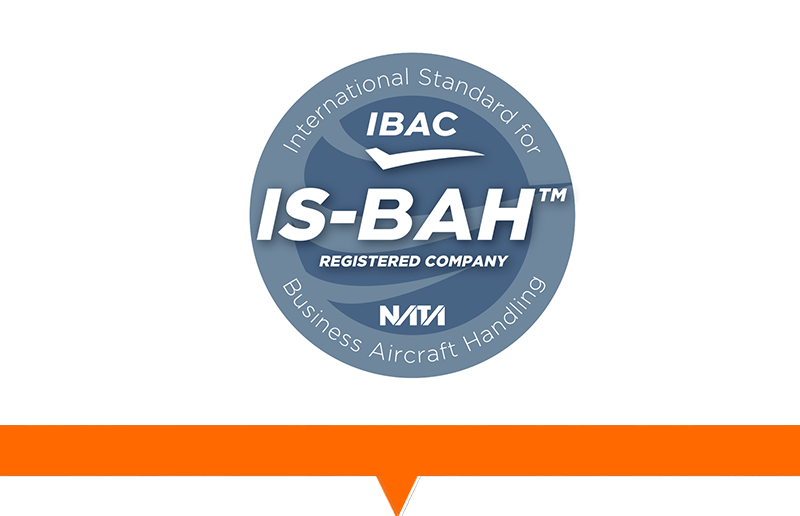Standard Operating Procedures (SOPs) – most organizations have them but how often does your staff actually reference them and do they get what they need from them?
Why do we write SOPs?
Writing SOPs to fall in line with safety, quality, efficiency, regulations and audits is the aim but comprehension of the teams that are on the line doing those tasks should also be a factor. Some might say don’t the “Work instructions” do that? Yes, the work instructions give you the “How” but having the “Who, What and When” drives the effectiveness.
If you are creating SOPs just to get a tick in the box from that biannual audit, then their effectiveness becomes uncertain. An effectively communicated SOP improves the team’s understanding and in turn the value the SOPs will bring to the business.
Here are a few steps to help convey your message:
- Involve the team – Interviewing staff who do the task is one way but shadowing them or having them write out the steps that go into it makes the right information go in. Obviously, the quality department should review it and gain the endorsement from higher management.
- When staff gives you the information to explain how the task is done, try and record or ask for some of the normal shortcuts (habits) people take. They may be reluctant but let them know this is to find a better way and to help keep them safe. Another way to do this would be to run some internal audits and use those observations to note down the hazards and root causes as to why they take those shortcuts.
- The dry run – you have the information, but does it work in real scenarios? Involve other team members to try the procedure and get new readers – those that didn’t contribute earlier- to comprehend the procedure. You can also ask someone not too familiar with the role to help find any gaps in the information as though a new joiner were reading them.
- Add a section on some of the common hazards with the effects that may arise with each task. These would serve as a reminder to the team and would help them to consider and identify those habits.
- Easy to Read – using words that the team would use conversationally and if some terms need elaborating then add them in the definitions section. Another way to help in comprehension would be the next point below;
- Using flow charts is a great way to draw out the map of sequences/activities and other department collaborations. Use a color scheme and logos to help engage and drive the message.
- Pictures – using pictures really helps communicate the message. Along with the right way tasks are completed, add some pictures of negative outcomes with a big red X.
- Make the SOPs materials that can be used in training. Whether it’s a new employee, promoted staff or someone coming back from a long vacation, a quick read through should help refresh and educate.
- Long SOPs – if it’s too much information it may be avoided by staff. Try splitting large pieces, but show the connections. As mentioned above, during any training ask staff ‘is it too long’ or ‘would it make sense to…’.
- Let the teams know that these SOPs are not set in stone – they should always communicate any new ideas and improvements to help drive the effectiveness.
- Show the connection (either through flowcharts, words or pictures) between different departments and clients work together to get the desired results.
- Understand the objective – why do we need this SOP? New regulations from authorities? Or is it a new service equipment? Understand what needs to be improved and how the impact would benefit us.
- Risk Assessments can help to construct some important points on the SOP; ‘what not to do’? ‘What are the repercussions of this action?’
- Stay consistent with the numbering and labels – you don’t want to confuse the reader. It would help them learn the SOPs that are created for other departments thus creating awareness collaboration between departments. Look to the Standards Committee such as ISO, they will have some good direction for you to go with.
- At the start of the manual, when emailing staff or when training on the new SOPs, use an example with markers/arrows showing how to navigate what key areas are on the SOP. For example, show the relevance of having the revisions marked or the reason we have a Scope.
- Make it accessible – Online access to folders or on the Employees own access page, see what works in your organization. Some might still need the paper versions close to the work areas or in the break rooms.
SOPs are most important to those teams ‘on the ground’ doing the tasks day-to-day. If your SOPs are not easily understandable and actionable by those people, the staff and business will not benefit from the efficiencies and safety they bring.
By Faisal Nizamuddin, Quality Manager




